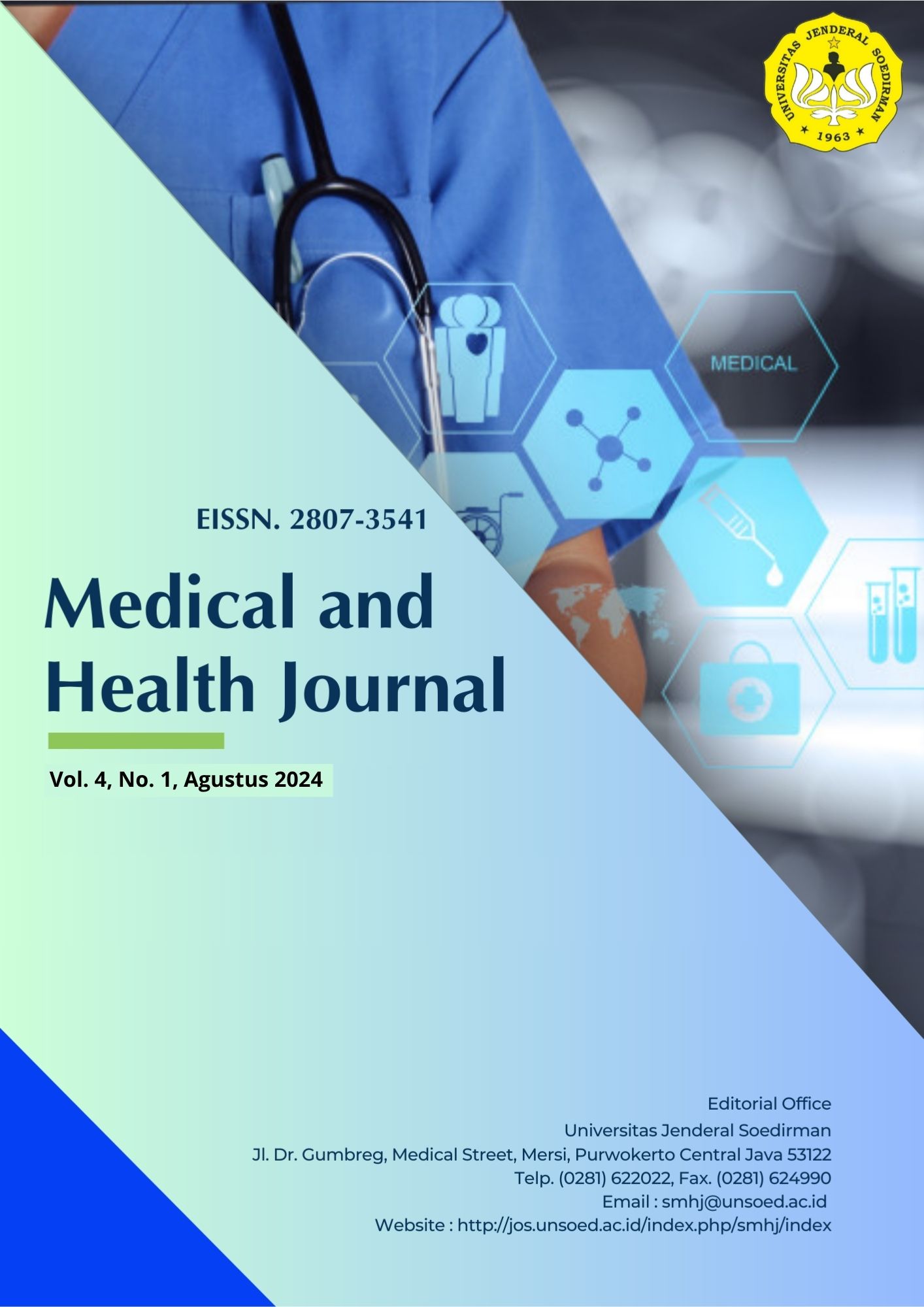POTENTIAL OF PARIJOTO FRUIT (Medinilla speciosa) AS AN ANTIMALARIAL AGENT: A LITERATURE REVIEW
Abstract
Malaria is one of the deadliest infectious diseases in the world. It is caused by the parasite Plasmodium spp. and transmitted through the bites of female Anopheles mosquitoes. This disease remains a significant global health problem, particularly in tropical and subtropical regions. Approximately 41% of the world's population is at risk of malaria infection. Artemisinin-based Combination Therapy (ACT) remains the gold standard for malaria treatment, but resistance is beginning to develop, necessitating alternative treatments from natural sources found in plants. Parijoto (M. speciosa) is an exotic fruit native to Indonesia that grows abundantly in mountainous areas. The fruit has been widely used by local communities to treat various ailments, including mouth ulcers, inflammation, and diarrhea. Numerous studies have been conducted to prove the effectiveness of this plant's fruit as an alternative natural remedy. This study aims to investigate the potential of parijoto fruit (M. speciosa) as an antimalarial agent. The method used is a literature review with a Systematic Literature Review design. Articles were sourced from the Google Scholar database, including both national and international journal articles. Based on the research findings, parijoto fruit has been proven to contain bioactive compounds, including phenolics, flavonoids, saponins, tannins, alkaloids, cardenolides, and glycosides. These secondary metabolite compounds in the plant have been shown to possess antioxidant, antidiabetic, antimicrobial, anticancer, and other beneficial activities. It is hoped that the secondary metabolite compounds contained in parijoto fruit (M. speciosa) have the potential to serve as antimalarial agents.






